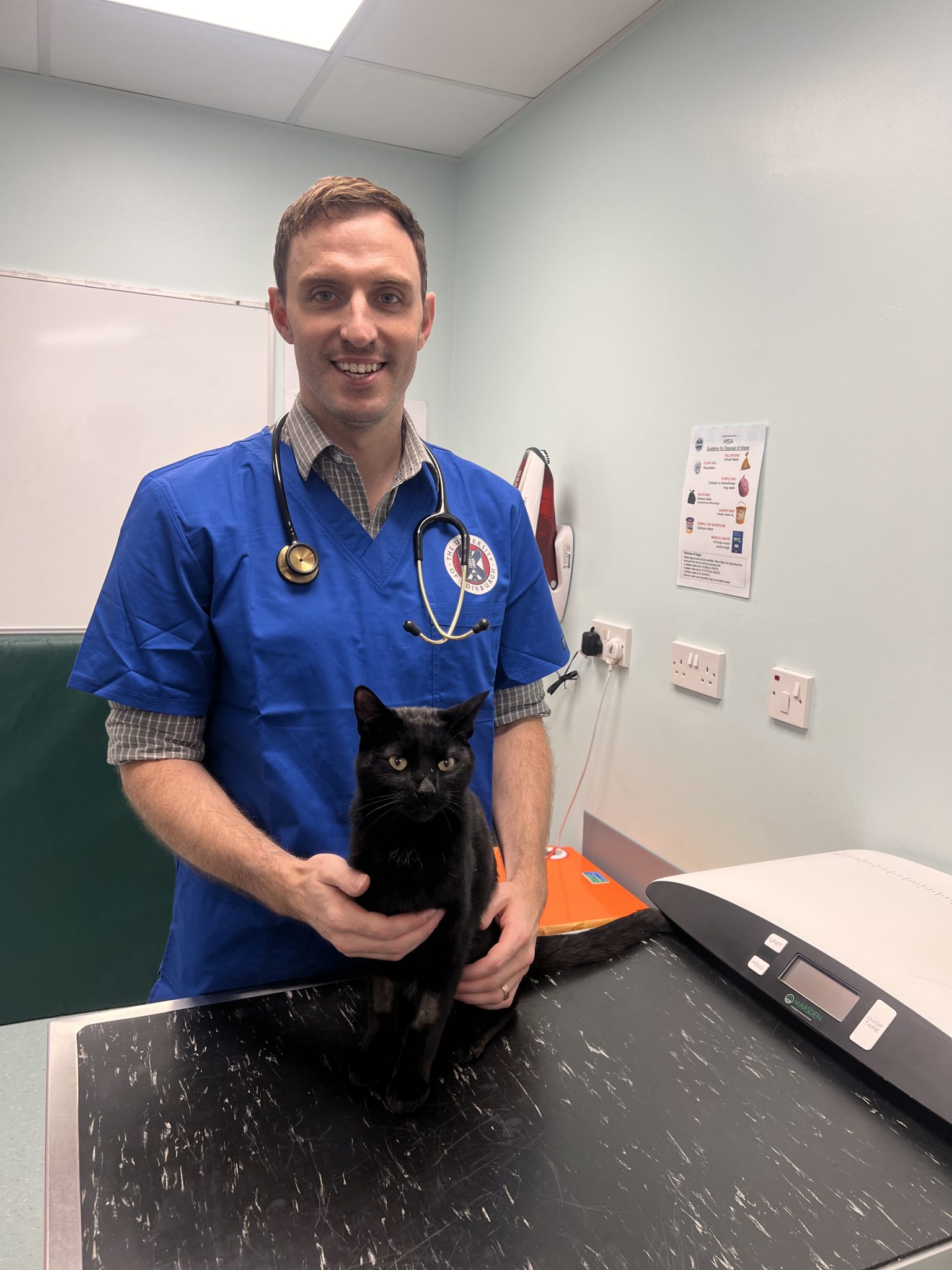On the subject of ageing, one thing other people worry greater than dying is the lack of their cognitive skills. Additionally it is, arguably, one of the tough sides for his or her households to deal with. Dropping a enjoyed one is tricky sufficient, however shedding that particular person whilst they’re nonetheless alive may also be completely devastating. However that’s precisely what occurs when Alzheimer’s takes grasp. As proteins increase within the mind, sufferers start to lose their recollections, personalities, and all of the issues that made them them.
Till just lately, one of the vital biggest stumbling blocks to figuring out this horrendous situation has been the loss of analysis topics and illness fashions. The confusion and behavioral adjustments inherent in Alzheimer’s sufferers make analysis difficult, and, understandably, households don’t seem to be ceaselessly prone to consent to autopsy research after their family members have handed. Maximum Alzheimer’s analysis has been restricted to artificially recreating the scientific traits of this degenerative illness in mice in a determined try to find out about the illness.
Apparently, a crew of neuroscientists on the College of Edinburgh in Scotland has put the mice away and taken cats into play.
Simply as it’s for people, one of the vital downsides of our cats residing well beyond ‘retirement age’ is a rise in illness prevalence, specifically the ones of a degenerative nature. Those that have had the privilege of sharing their lives with a geriatric tom cat would possibly already be acquainted with the age-related decline in psychological serve as referred to as Tom cat Cognitive Disorder or Decline (FCD), or tom cat dementia.
Clinically talking, this syndrome stocks many traits with human Alzheimer’s illness, with indicators similar to disorientation, sleep/wake cycle disruption, higher vocalizations, altered task, nervousness, and vacant episodes. However what’s extra attention-grabbing is that the ones similarities pass a lot deeper than we understand.
A crew led through Resident in Veterinary Neurology and Neurosurgery, Dr Robert McGeachan, has found out that now not handiest does FCD resemble Alzheimer’s illness superficially, it additionally stocks a lot of its mobile homes as properly.
A Naturally Happening – and Cruelty Loose – Style of Alzheimer’s Illness
We ceaselessly listen the phrases dementia and Alzheimer’s used interchangeably, however it’s essential to notice that the 2 don’t seem to be the similar.
Dementia is a time period used to explain a decline in psychological serve as that is affecting reminiscence, habits, and persona, past what is predicted in standard growing older.
It has a lot of reasons, the commonest of which is Alzheimer’s.
Alzheimer’s illness is a selected situation led to through a buildup of amyloid plaques within the mind, resulting in the dying of mind cells.
It’s accountable for round 70% of human dementia instances, and is invariably deadly.
That is crucial difference, as it could seem that the underlying explanation for tom cat dementia could also be the exact same as Alzheimer’s, that means that our growing older cat inhabitants would possibly grasp the important thing to figuring out this deadly illness, which will have large implications for each human and tom cat sufferers.
This groundbreaking find out about* when compared the mind tissue of cats that had demonstrated behavioural adjustments in line with FDC for a minimum of 3 months that might now not be attributed to another clinical situation, with sex- and age-matched folks, in addition to a more youthful subset of cats that had displayed no indicators of neurological disorder.
*The cats incorporated within the find out about died from herbal reasons or had been humanely euthanized for well being or high quality of existence causes, now not for the needs of study.
What’s actually thrilling about this discovery is that the extra we know about the way in which wherein this illness impacts lengthy and momentary cognition in each cats and people, the simpler we will be able to assist each our tom cat and human members of the family. With cats attaining geriatric existence levels at round 15-16 years of age, the power to watch behavioral and bodily adjustments, in addition to responses to other remedies, can happen over a far shorter period of time, probably accelerating the development of healing trials in people.
In fact, this analysis would now not be conceivable with out tom cat take a look at topics, however those cats have now not been saved in laboratory prerequisites particularly for Alzheimer’s analysis, a difference that Dr McGeachan could be very keen about.
“Those are owned pets, actually well-loved pets, and so they’ve began to expand dementia, and numerous them we had a dating with on the sanatorium (The Clinic for Small Animals, Royal (Dick) College of Veterinary Research, The College of Edinburgh).
“Myself or Professor Danièlle Gunn-Moore, who does a lot of the feline dementia stuff, has had a relationship with the owners and the cats while they were alive, and then once, unfortunately, they passed away, the owners have very kindly donated the bodies to us, and that allows us to do research in these animals that could help cats in the future with dementia, and also people with Alzheimer’s disease.”

Quid Professional Quo
Within the overwhelming majority of scientific research the place animals are used as fashions for human illness, there’s little to no get advantages for the animals, however as Dr McGeachan issues out, this line of study is an instance the place everyone wins.
“Medical trials in people price insane quantities of cash, so it’s more straightforward and it’s inexpensive, and it could even be sooner as a result of we’re operating on a relatively shorter time period.
So people get advantages, but additionally seeing because the adjustments within the cat’s brains are precisely the similar as human brains, cats too can get pleasure from advances which might be being constructed from the human viewpoint, and we’re now not the use of masses and 1000’s of mice for analysis the place perhaps they’re now not the most productive style.”
And this ‘reciprocal arrangement’ would possibly have already got promising information for cats. In recent times, a remedy for Alzheimer’s illness has been discovered to decelerate the velocity of cognitive decline through doing away with the poisonous clumps of protein from the mind. Understanding that the method is so very similar to that observed in cats opens up extra remedy choices for cats affected by FCD, so this isn’t simply a one-way side road.
Long term Instructions
Subsequent at the schedule is that specialize in interventional analysis, searching for biomarkers, and the use of cognitive ratings as a way to establish doable sufferers at an previous degree. As soon as sufferers begin to showcase indicators of dementia, a lot of the wear has already came about, making it much less most probably that the illness may also be reversed. By way of discovering tactics to intrude a lot previous, there’s reason why to consider that the longer term appears to be like a lot brighter for each Alzheimer’s victims and tom cat sufferers.
Is there a treatment in sight? Dr McGeachan thinks so.
“I completely suppose that inside our lifetime, we’re going to actually support the control of those prerequisites. And I believe it’s, for this reason, an overly thrilling time to be fascinated by Alzheimer’s illness analysis.
I’m moderately hopeful that residing with Alzheimer’s illness is not a walk in the park for people who find themselves being born as of late.”
And that’s one thing we will be able to all really feel pawsitive about.
Characteristic Symbol Credit score: Imag Credit score: Strannik_fox, Shutterstock






